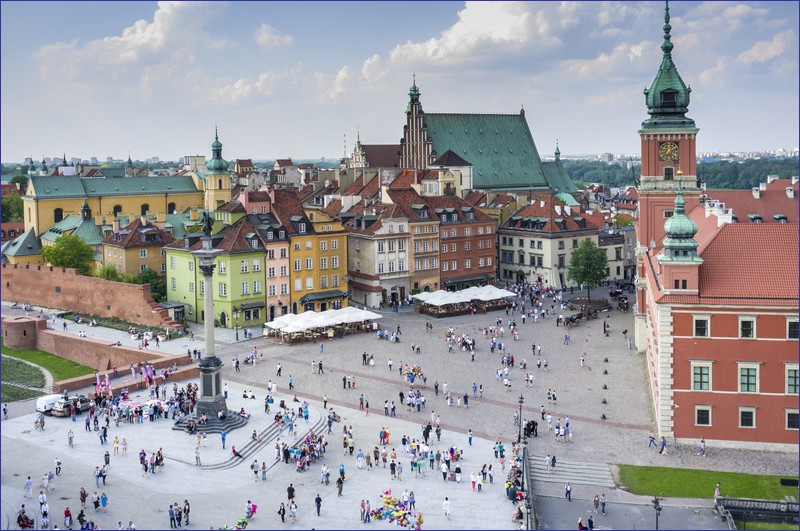Lublin is the capital of the Lublin Voivodeship and an important railway junction but there are only a few possibilities for day trips from Lublin by train. Regional trains reach only some tourist-attractive locations; along most of the railway lines, there are no tourist sites that could be recommended to visitors. However, Zamość is definitely worth visiting, and it’s also worth noting the renovated historic train stations along the Dęblin–Chełm railway line (such as Motycz and Minkowice). Most of tourist attractions lies far from main railway lines.
Day trips from Lublin by train – direction Chełm
The city of Chelm is perfect destination for day trip from Lublin by train. Noteworthy is also wooden railway station in Minkowice and an industrial city of Świdnik, where you can find inexpensive accomodation.
Chełm – you can reach Chełm fairly quickly by train from Lublin, making it an excellent choice for a day trip. The city offers several interesting historical sites and attractions. The most notable is the Chalk Tunnels – an underground tourist route through former illegal chalk mines beneath Chełm’s city center. The Museum of Chełm Land presents the city’s history.
Chełm is particularly known for its religious monuments, especially the Basilica of the Nativity of the Blessed Virgin Mary, located on Chełm Hill. Another highlight is the Church of the Sending of the Holy Apostles, near the main square, notable for its beautiful interior.
An architectural curiosity is the “Dyrekcja” railway housing estate, built in the mid-1920s. Designed for 50,000 residents, the estate was planned in the shape of an eagle.
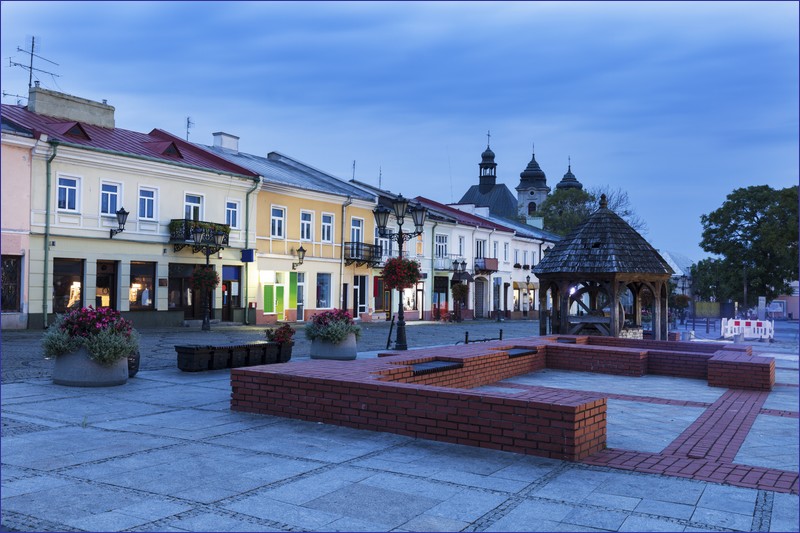
Direction Puławy and Kazimierz Dolny
Nałęczów – a popular spa town. The railway station is located in the village of Drzewiec, about 4 kilometers from Nałęczów’s main attractions. Next to the standard gauge station, there is a currently closed station of the Nadwiślańska Narrow-Gauge Railway. While visiting the Spa Park, you can stop by the chocolate lounge and the mineral water pavilion. A legacy of the writers who favored the town at the turn of the 19th and 20th centuries are the many wooden villas. Two of them now house museums dedicated to two of Poland’s greatest writers: the Stefan Żeromski Museum and the Bolesław Prus Museum.
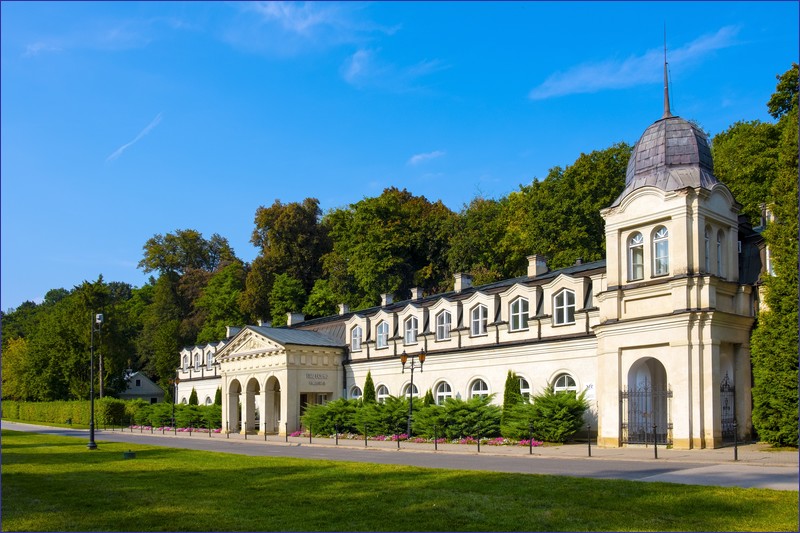
Puławy – a city known for its nitrogen chemical plants. In the city center, it is worth visiting the Czartoryski Park, created during the period when Puławy was called the “Polish Athens.” The park’s most important landmark is the Czartoryski Palace, now home to the Czartoryski Museum. Among the historic structures in the park, the Temple of the Sibyl, built between 1798 and 1801 and modeled after the Temple of Vesta in Rome, stands out.
You can reach Puławy from Lublin by train. To access surrounding attractions, you can use a bike, minibus, or Puławy city buses (a 24-hour ticket is available). It’s worth visiting Kazimierz Dolny, known nationwide for its beautiful market square and branches of the Nadwiślańskie Museum. Nearby, the Mięćmierz district is popular among artists, and the ruins of the castle in Janowiec are also worth seeing.
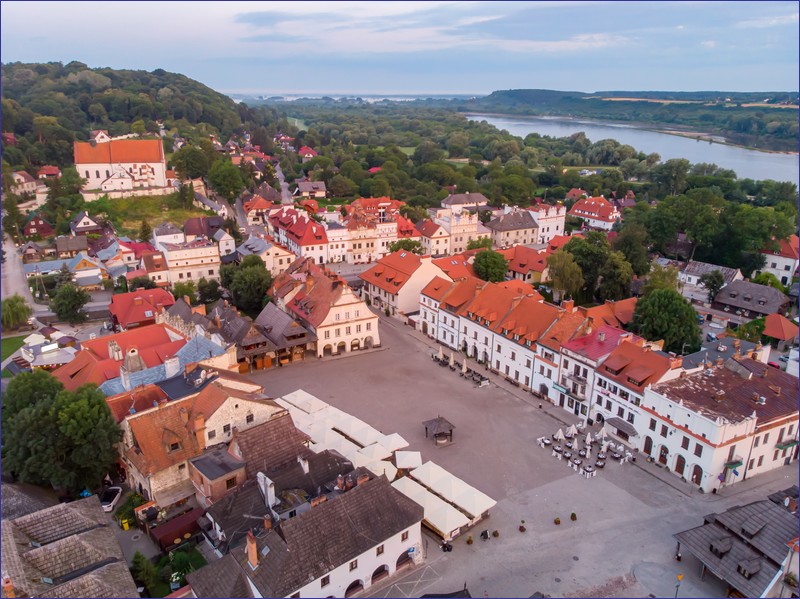
Direction – Zamość
Trains to Zamość are often overcrowded. The route is served by diesel multiple units and a few individual PKP Intercity fast trains.
Krasnystaw (optional) – the local Regional Museum receives very good reviews. It’s also worth visiting the Church of St. Francis Xavier and the town square. All the attractions are located near each other, close to the Krasnystaw Miasto railway stop.
Zamość – one of the most beautiful cities in Poland, founded by Jan Zamoyski among meadows, forests, and swamps. It boasts a stunning market square with a town hall and Armenian tenement houses, and the walls of the Zamość Fortress have been preserved. In this UNESCO World Heritage Site, it’s also worth visiting sacred landmarks such as the Cathedral of the Resurrection and St. Thomas the Apostle and the 17th-century Church of St. Nicholas. While in Zamość, you should also visit the Museum of Fortifications and Weapons “Arsenal”, a branch of the Zamość Museum, which focuses on the city’s and region’s history, and possibly the privately run PRL Museum of Roztocze.
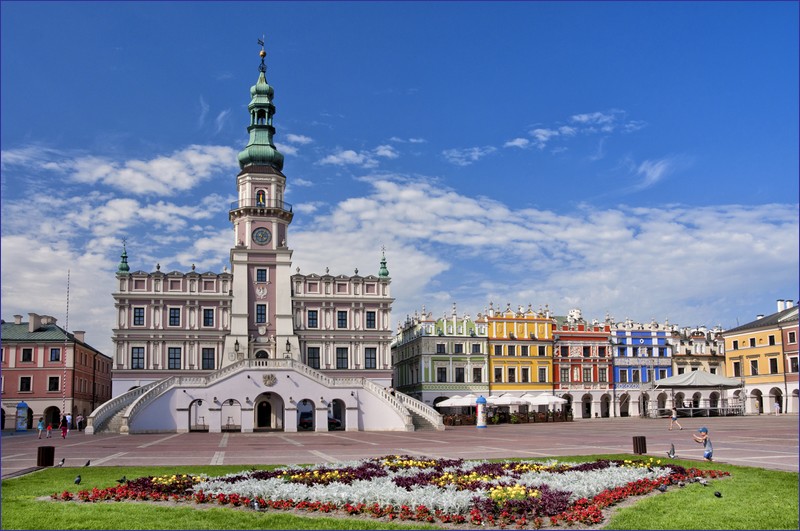
Direction Lubartów
Lubartów (optional) – the landmark of the town is the Sanguszko Palace, surrounded by a municipal park, both of which have been recently renovated. The park has undergone revitalization. Unfortunately, the palace can only be viewed from the outside, as its interiors are occupied by the County Office.
A few kilometers from Lubartów, in Kozłówka, lies one of the most significant attractions in the Lublin Voivodeship – a well-preserved palace and park complex from the first half of the 18th century. Built by the Bieliński family, it served as the grand residence of the Zamoyski family until 1944. Today, it houses the Zamoyski Museum.
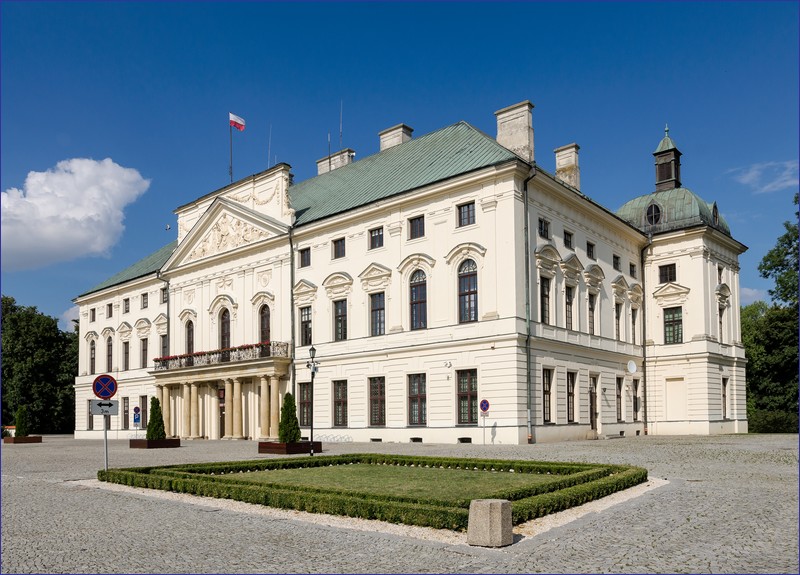
Day trips from Lublin by train with PKP Intercity
If you take a fast train operated by PKP Intercity you can plan a one-day train trip from Lublin to Warszawa or Radom.
Radom (optional) – an industrial city, sometimes listed among the least attractive cities in Poland. However, it features interesting architecture in the city center and several historic churches: Cathedral of the Virgin Mary’s Protection, St. Stanislaus Bishop’s Church, and St. John the Baptist’s Church. A trip to Radom could also include visits to the Museum of the History of Radom and the Jacek Malczewski Museum. Just a few kilometers from the city center lies the popular open-air museum Museum of the Radom Countryside.
Warsaw – visiting the capital requires at least a weekend, ideally several days. A one-day trip focuses on the area within a few kilometers of Warsaw Central Station, which offers no shortage of attractions. Walking from the station toward Śródmieście (city center), you’ll pass the Palace of Culture and Science, which includes a viewing terrace, the Museum of Evolution, and the Museum of Technology—just exploring these can take a few hours. Continue your walk through Nowy Świat and Krakowskie Przedmieście, passing landmarks like the Presidential Palace, University of Warsaw, the Visitationist Church, and St. Anne’s Church. Alternatively, head through Piłsudski Square. Either way, you’ll reach Castle Square, where you can admire the reconstructed Old Town, Royal Castle, and National Stadium from the viewing terrace. A walk through the Old Town takes about an hour. Be sure to also explore New Town and Lubelska Street.
The rest of your Warsaw visit is up to you – Łazienki Park, Praga district, or any of the many museums. For a one-day trip, it’s unlikely you’ll have time to reach Wilanów (though a 24-hour public transport ticket is recommended regardless). If I were to suggest museums specifically for a one-day visit, these would be top priority:
NBP Money Centre – an excellent museum focused on financial education and the history of money, with a large collection of coins and banknotes.
Stacja Muzeum – a must-see for railway enthusiasts; the largest railway museum in Poland, located at Warszawa Główna station, with an extensive outdoor collection of rolling stock.
Museum of Warsaw – dedicated to the city’s history, showcasing achievements and creativity of Warsaw residents in connected Old Town tenement houses.
Copernicus Science Centre – ideal for families with children. Although similar centers exist elsewhere in Poland, Warsaw’s version is unmatched.
There are also many museums dedicated to history of Poland.
Related articles:
Train travel in Poland – a comprehensive guide
Scenic railways in Poland
Narrow-gauge railways in Poland
